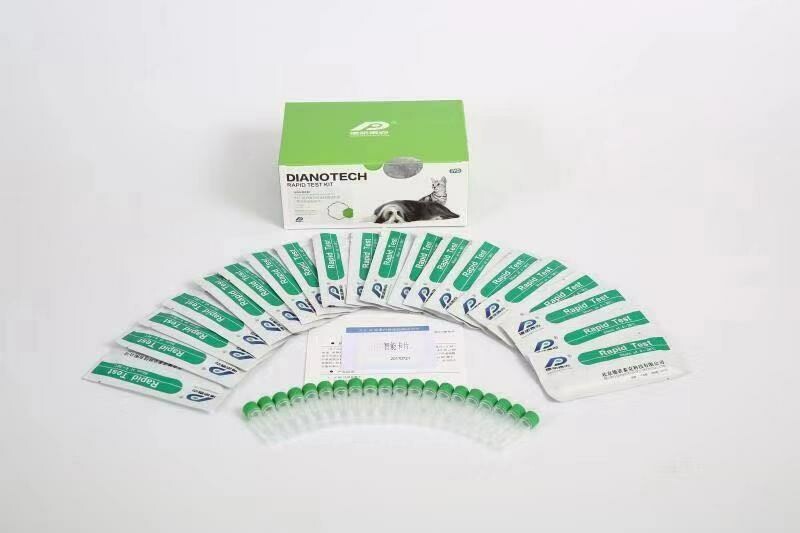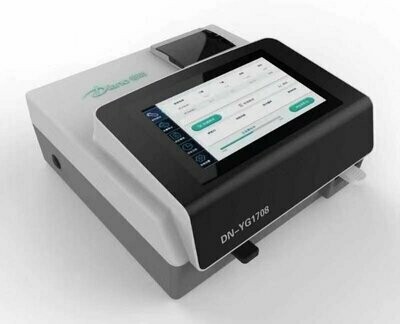Store
0
Canine C-Reactive Protein (cCRP) Rapid Test Kit
AU$196.00
In stock
Product Details
10test kits/box including Rapid tests kit, diluent buffer, ID chip card, pipette tips, swabs (for some items) and instruction
Biological properties:
C-Reactive protein (CRP) is an acute phase protein synthesized by hepatocytes in the liver in response to inflammation cause by microbial invasion or tissue injury. It increases 4-6 hours after the onset of systemic inflammation and reaches its peak within 24-28 hours and drops rapidly when the lesion improves (the half-life is short, about 19 hours). Its level and duration are positively correlated with the degree of infection. This reaction is not affected by sex, breed, physiological activity or medication.
Clinical application:
- Diagnosis and differential diagnosis of acute infectious diseases;
- Post-operative infection monitoring
- Observation of the effect of antibiotics;
- Disease monitoring and prognosis.
Features:
- Acute phase protein
- Synthesized by hepatocytes in the liver
- In response to inflammation cause by
- microbial invasion or tissue damage
- Triggered by various cytokines

Result interpretation

Specification and parameter
- Species : Canine
- Detection range : 5mg/L-240mg/L
- Sample types : whole blood, serum or plasma
- Sample volume : 5 μL serum, plasma or 10 μL whole blood
- Detection time : 5min
- Storage temperature : 4-30℃
- Shelf life : 18 months
CRP and WBC comparison
| C-reactive protein(CRP) |
White blood cell(WBC) |
|
| The rate of response to inflammation |
CRP increases significantly 4 ~ 6 hours after inflammation. It peaks at 48h (up to 100 to 1000 folds compared to the normal value) and drops rapidly when infection is controlled. |
WBC responses slowly with an upward trend as long as 36 hours. After treatment, it decreases slowly with the elimination of inflammatory stimulation |
| Influence factors |
It is independent of individual differences, body states and therapeutic drugs. |
It is influence by age, diurnal changes, body resistance, drug therapy and other confounding factors. |
| Activity of related diseases |
The increase during bacterial infection is rapid while the increase during virus infection is not obvious. The extent of the increase is positively correlated with the degree of bacterial infection. |
The base value range of WBC is wide. The base number of WBC in animals are different due to difference in breed, age and other factors and the slight increase will not exceed the upper limit of the normal range. In the case of chronic bacterial infection, the WBC count will not increase in time and the count and classification index will not change significantly. |
| Identify bacterial or viral infections |
Yes (significant difference) | Difficult (some differences are not significant). Not a reliable indicator |
Canine C-Reactive Protein (cCRP) Rapid Test Kit
You May Also Like
Display prices in:
AUD
Address:
20 Chapel Street,
Magill, SA 5072
Australia
ABN:22 630 524 935
Tel: 08 7073 9324
Email: info@utechmd.com.au



